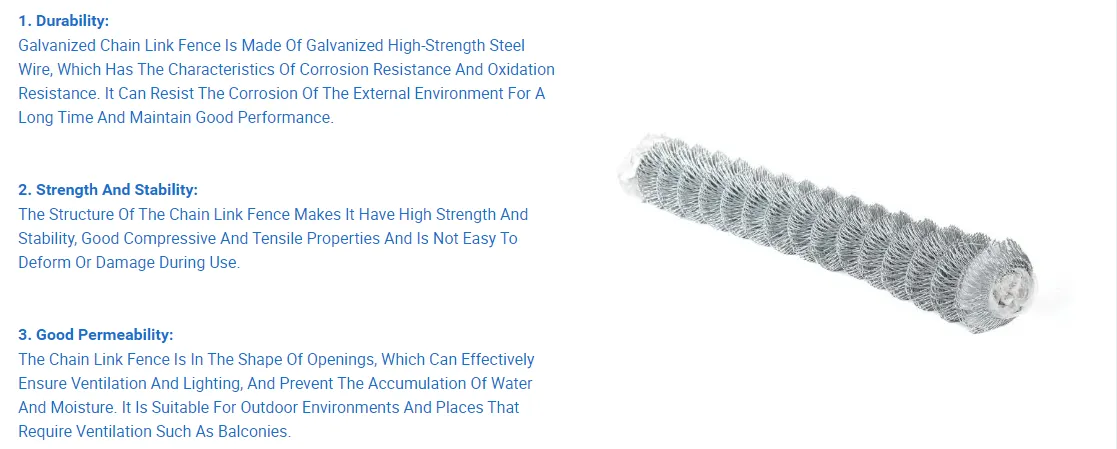Perforated Alloy Sheets Versatility and Applications
Perforated alloy sheets are increasingly gaining recognition across various industries due to their unique combination of strength, durability, and aesthetic appeal. These sheets, made from metal alloys that are then punctured with a series of holes in a predetermined pattern, offer a range of practical benefits and applications in fields such as construction, manufacturing, and design.
Understanding Perforated Alloy Sheets
At their core, perforated alloy sheets are thin metal sheets that have been mechanically punched or stamped to create holes. The alloys used in these sheets can vary, including aluminum, stainless steel, and titanium, each providing different characteristics such as resistance to corrosion, weight, and tensile strength. The process of perforating the sheets allows for customization of hole sizes, shapes, and spacing, making them suitable for a myriad of uses.
Applications in Construction and Architecture
One of the most prominent applications of perforated alloy sheets is in the construction and architecture sectors. These sheets are often used for facades, sunshades, and decorative cladding, providing both functional and aesthetic benefits. The perforations can allow natural light to filter through while still offering privacy and shielding from harsh weather. Furthermore, they can be designed to reflect a building’s architectural style, enhancing its overall appearance.
In addition to decorative purposes, perforated sheets contribute to energy efficiency by reducing heat gain within buildings. By controlling the amount of sunlight entering a space, they can help lower cooling costs in warmer climates, making them a sustainable option for modern architecture.
perforated alloy sheet

Industrial Uses
Beyond aesthetics, perforated alloy sheets are integral to various industrial applications. In manufacturing, they can serve as filter screens, allowing fluid or air to pass through while trapping unwanted particles or debris. This makes them essential in sectors such as automotive and aerospace, where maintaining cleanliness and efficiency is crucial. Additionally, they are often used in the production of soundproofing materials, where the perforations help dissipate sound waves.
Perforated sheets also play a significant role in safety and accessibility. For instance, they can be used as stair treads or walkways, providing traction and visibility while reducing slip hazards.
Design and Aesthetics
In recent years, the design potential of perforated alloy sheets has been increasingly recognized by artists and designers who seek to create innovative visual effects. The patterns created by the perforation can be utilized in art installations, partitions, and furniture design, blending functionality with creativity. Designers appreciate the ability to manipulate light and shadow through these sheets, allowing for dynamic and engaging environments.
Conclusion
The versatility of perforated alloy sheets places them at the forefront of material choice in various industries. Their functional advantages combined with the potential for creative design make them an attractive option for architects, engineers, and designers alike. As technology advances, the methods of creating and applying perforated sheets will likely continue to evolve, leading to even more innovative uses and applications. Whether for practical industrial purposes or cutting-edge architectural features, the impact of perforated alloy sheets is significant and far-reaching.
-
The Best Metal Mesh Solutions: Expanded Aluminum Metal vs. Expanded Stainless Steel Metal
NewsSep.10,2024
-
Round Perforated Sheets vs. Hexagonal Perforated Sheets vs. Embossed Perforated Sheet Metal
NewsSep.10,2024
-
Perforated Metal Sheets
NewsSep.10,2024
-
Experience The Excellence Of Stainless Steel Grating
NewsSep.10,2024
-
Discover the Versatility Of Metal Mesh Expanded Forming Machines
NewsSep.10,2024
-
Discover The Advantages Of Steel Grating For Sale
NewsSep.10,2024
Subscribe now!
Stay up to date with the latest on Fry Steeland industry news.

